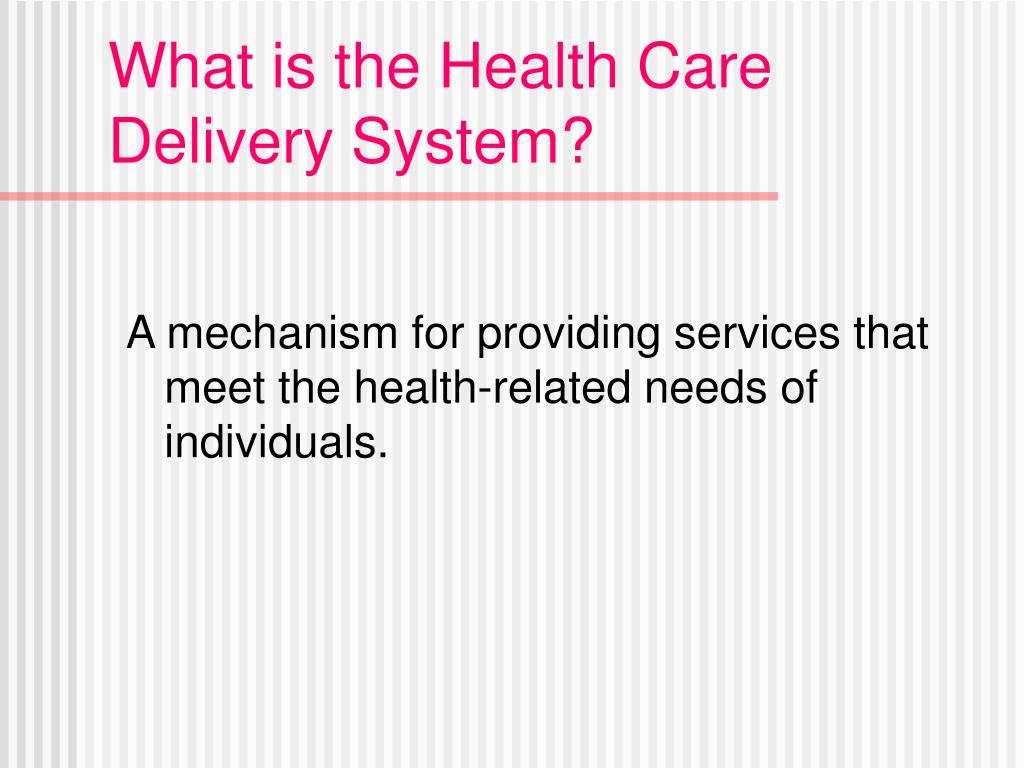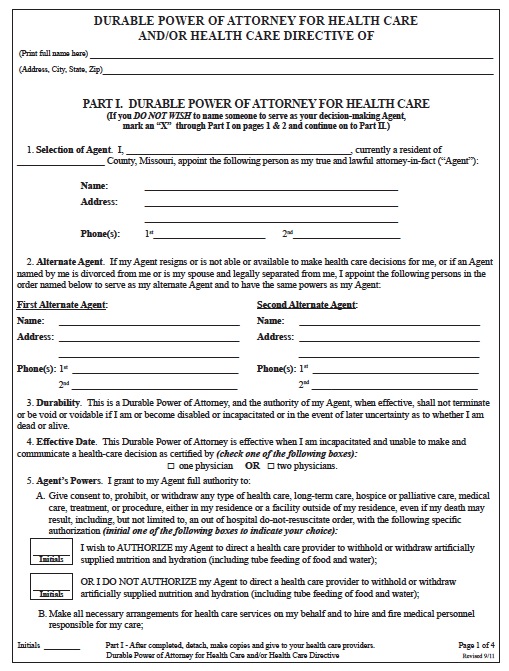In 2020 the average national expense for health insurance is $456 for an individual and $1,152 for a household monthly. Nevertheless, costs vary among the large choice of health insurance. Comprehending the relationship between health coverage and cost can assist you choose the right health insurance for you. While many individuals get their medical insurance through a group strategy sponsored by their company or union, others buy it themselves.
As a result of the Affordable Care Act (ACA), individuals can purchase specific medical insurance through a federal government exchange or market (typically referred to as ACA strategies), or they can purchase health insurance coverage from personal insurers. You might be limited to buying health insurance coverage through a government exchange to certain times of the year.
ACA strategies are a good beginning place to comprehending individual medical insurance choices. ACA health insurance are classified by metals - how many countries have universal health care. You can discover more about the metal plans: Bronze, Silver, Gold, and Platinum. All ACA strategies must cover 10 essential benefits, such as protection for hospitalizations, outpatient and preventive care, maternity and kid services, laboratory tests, rehab services, mental health treatment, and prescription drugs.
The metal levels help buyers comprehend what portion of healthcare costs the plan will pay typically and what part the customer will pay. The cost of private health insurance coverage varies. Personal options in protection along with age, earnings, location, number of relative (if any) included in your coverage, health care usage element into your real medical insurance expense.
How Many Countries Have Universal Health Care Things To Know Before You Get This
With this information, you can likewise compare medical insurance strategies. Certified insurance brokers at eHealth offer expert understanding in offered health insurance. They can help you compare options to find the cost effective health insurance that satisfies your needs. In exchange for healthcare protection, the insurance company charges you a monthly.
This typical expense does not consist of individuals who receive government subsides. You can find out more about the typical premium cost for ACA-compliant plans in your state by visiting our resource center or by calling an eHealth insurance coverage agents at the toll-free number on this page. A is the quantity you pay for health care services each year before your medical insurance pays its portion of the expense of covered services.

Remember, specific health insurance coverage plans' deductibles differ significantly: some might be as low as $0. and are cost-sharing payments you make each time you get a medical service after reaching your annual deductible. A is a set quantity that you spend for covered healthcare services. For instance, presume your strategy has a $30 copayment and your medical professional's check out is $150.
Presume your plan has a 20% coinsurance and your doctor's see is $150. If you: Haven't met your deductible, you'll pay $150 for the visitHave met your deductible, you'll pay 20% of $150 (which is $30) The is a financial security net. This dollar amount is the most you need to invest for covered services in a year.

Some Known Incorrect Statements About What Is Health Care Policy
Your deductible, copayments and coinsurance payments count toward the yearly maximum out-of-pocket limit. For the 2020 plan year, the out-of-pocket limitation for an ACA strategy can't be more than $8,150 for a private and $16,300, as reported on Healthcare.gov. Many plans offer lower out-of-pocket limits. Typically, the more advantages your plan pays, the more you pay in premium.
To illustrate how these expenses might affect your option of strategies, consider the ACA plans. The Bronze plan has the most affordable premiums of the ACA metallic classifications of plans. The national typical premium in 2020 for single coverage is $448 per month, for family protection, $1,041 monthly, according to our research study.
However you will need to spend for much of your regular medical care. The plan pays for preventive care (such as a yearly wellness see, particular screenings and therapy) whether or not the deductible is fulfilled. A Silver plan may be an excellent choice for you if you can manage https://writeablog.net/merlenyn3u/inpatient-check-outs-were-the-most-affordable-at-a a slightly greater premium than a Bronze strategy premium to get more insurance payment for medical care.
Family coverage averages $1,212 per month. A Gold plan may be the best option for you if you want to pay much more each month in premiums to have more of your healthcare expenses paid by insurance than a Bronze or Silver plan would pay. A Gold plan may be specifically valuable to you if you or your family require regular or substantial healthcare.
What Is Socialized Health Care Fundamentals Explained
For household coverage, the typical premium is $1,437 each month. If you can afford to pay more in month-to-month premium expenses in exchange for small medical costs connected to extensive, continuous health care, the Platinum plan might be a great choice. In 2020, the Platinum strategy premium averages $732 each month for single protection and $1,610 per month for household coverage.
Catastrophic plans have very low premiums and extremely high yearly deductibles ($ 8,150 in 2020). However, they spend for preventive care regardless of the deductible. These plans may be a suitable insurance alternative for young, healthy people. To get approved for a Catastrophic plan, you need to be under age 30 or be of any age with a challenge exemption or price exemption (based upon job-based or exchange insurance coverage being unaffordable).
Amongst eHealth customers who purchased ACA specific medical insurance, more than 75% picked Bronze or Silver plans. Your state may host an exchange for comparing and purchasing ACA plans or it might utilize the federal exchange at Healthcare.gov. Keep in mind, you aren't restricted to the exchange. The certified insurance coverage brokers at eHealth can assist you find the very best health strategy to meet your health coverage requirements and your budget plan.
You can't manage when you get ill or injured, but you do have some control on just how much you pay. While an eHealth broker can assist you identify possible expense controls for your particular situation, here are some methods you may be able to decrease your health insurance expenses. If you purchase your own medical insurance, you might get assist paying for it from a federal government assistance program.
The smart Trick of What Is A Health Care Proxy That Nobody is Talking About
The Cost-Sharing Reductions program can reduce the cost-share quantity you pay for healthcare. Both of these programs are created to help individuals with limited incomes. You can utilize this Healthcare.gov tool to see if you are eligible for lower expenses. Every state has a Medicaid program and Children's Health Insurance Plan (CHIP) to supply health protection to low earnings people and families.
You might be qualified for Medicare if you are age 65 or oldereven if you are still workingor any age and disabled. The standard month-to-month premium for Medicare Part B (medical insurance coverage) is $144.60 for 2020. A lot of people who have actually worked at least 10 years and paid Medicare taxes do not pay a Part A (medical facility insurance) premium.
The premium is low for high-deductible strategies and lots of strategies pay for some preventive care. The HSAs are savings accounts that you utilize to pay for medical costs not paid by your insurance. You save money on taxes with a health cost savings account because the cash you put in and secure is either tax-free or tax-deductible.